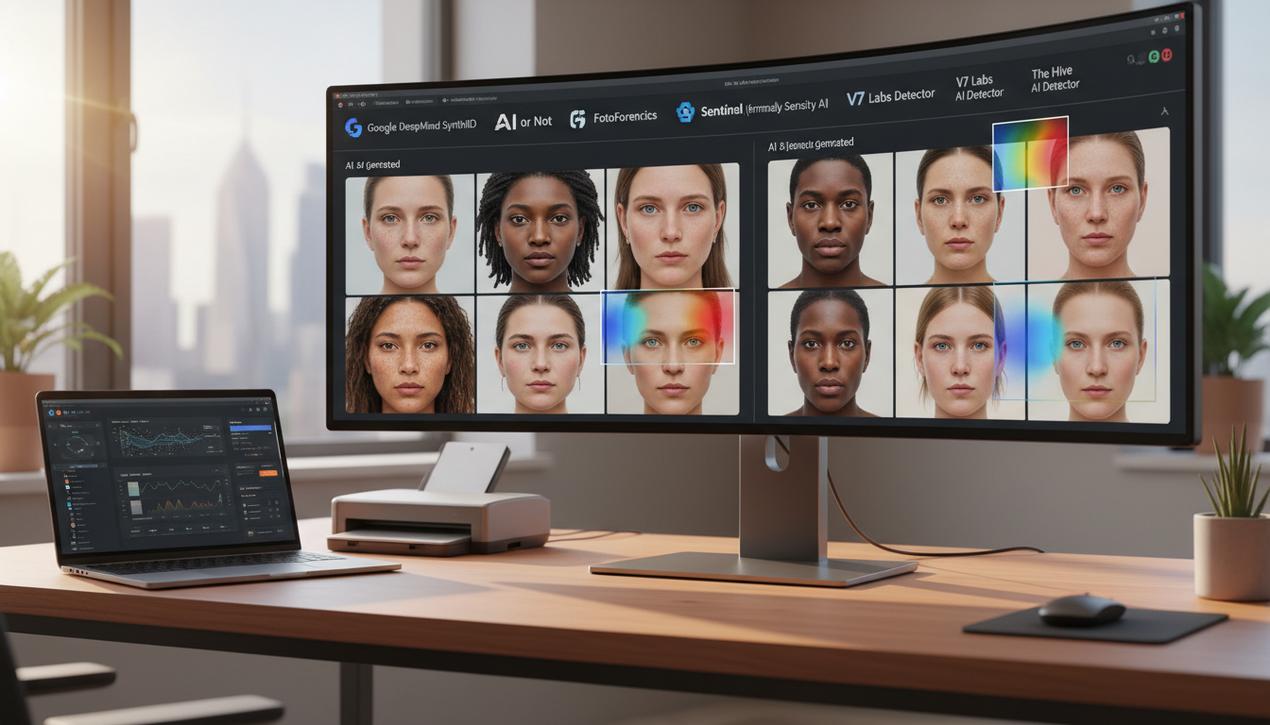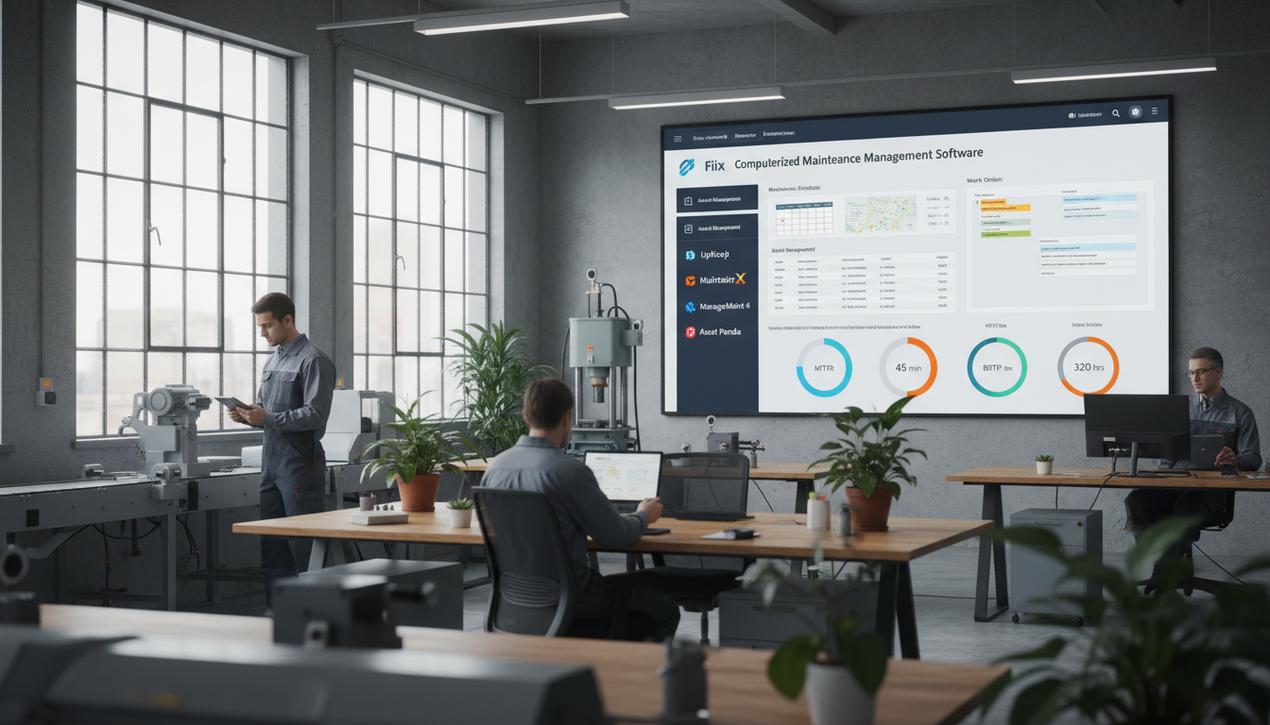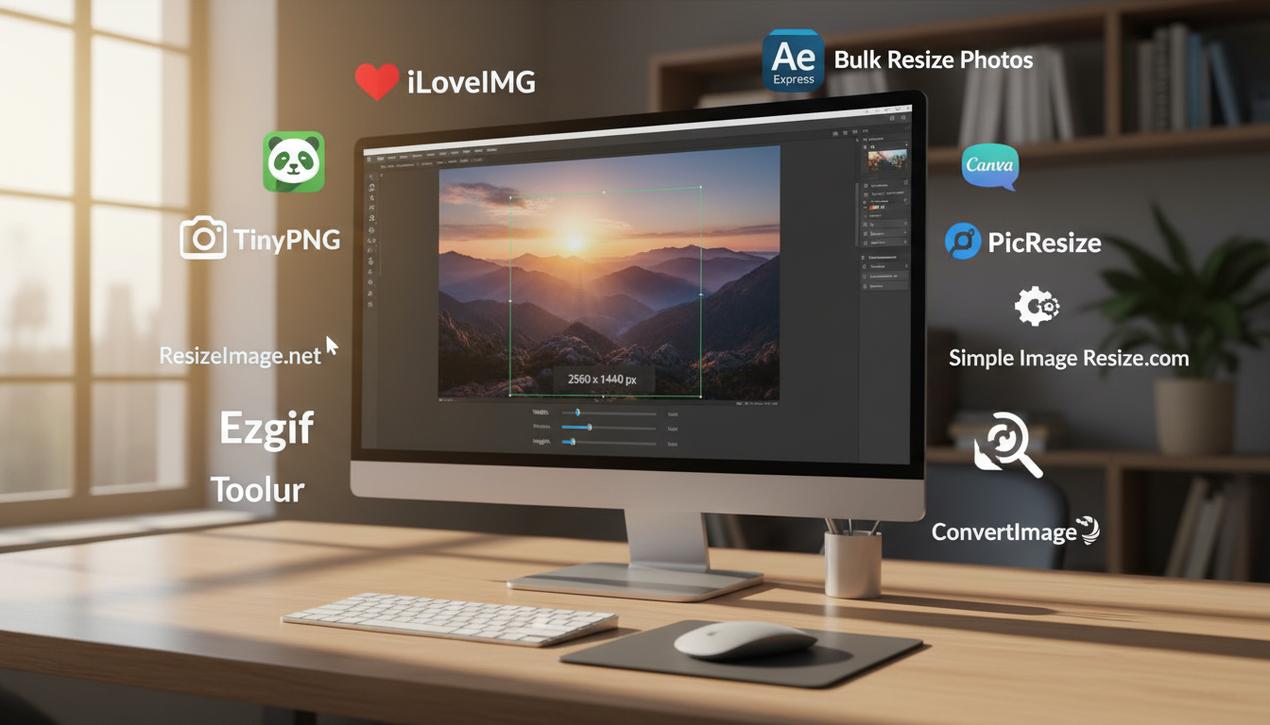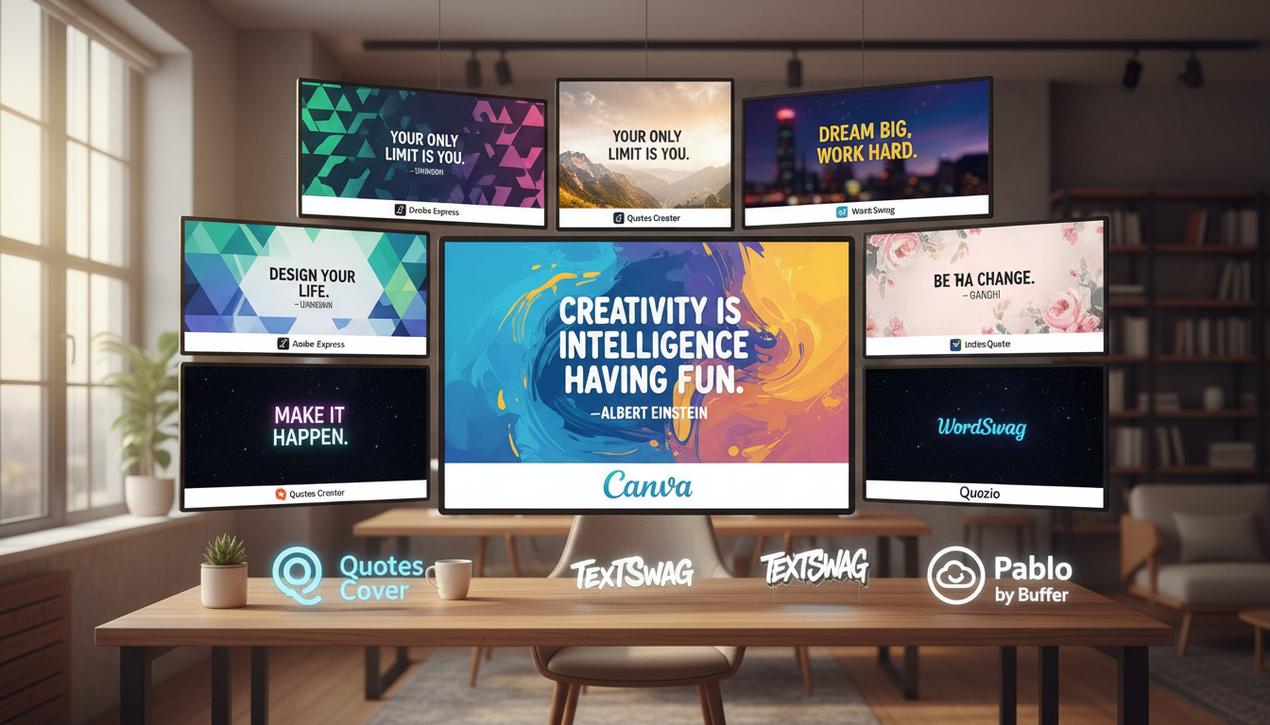AI Images: A 2025 Guide to Spotting Fakes


Artificial intelligence has permeated our visual world. From hyper-realistic portraits to fantastical landscapes, AI-generated images are everywhere. It’s estimated that the number of images created by AI has surpassed 30 billion, eclipsing the number of photographs taken in the first 150 years of photography’s history. This technological revolution opens up infinite creative horizons, but it also raises major challenges regarding authenticity and disinformation. How can we distinguish an authentic photograph from a visual entirely synthesized by a machine? The risks associated with deepfakes and fake news are very real, and digital trust has become a critical issue. Fortunately, solutions are emerging to help us see more clearly. This article presents the best tools and most effective manual techniques for detecting an AI image in 2025 and developing your critical eye in the face of an incessant flow of visual content.
The Stakes of Detection: Why Is This So Important?
The proliferation of AI-generated images is not without consequences. While they can serve legitimate purposes in marketing or art, their potential for harm is considerable. Political disinformation, identity theft, financial fraud, and cyberbullying are all threats amplified by the ease of creating deceptive visuals. Recent studies show that over 60% of people find it difficult to differentiate a real image from one created by AI. This confusion erodes trust in media, institutions, and even interpersonal relationships. For businesses, the challenge is twofold: protecting their brand image and positioning from malicious use (deepfakes of executives, false advertisements) and ensuring the authenticity of the content they publish. Knowing how to detect an AI image has therefore become an essential skill for navigating the digital ecosystem of 2025 safely.
Top 7 Tools to Detect an AI-Generated Image
Faced with the growing sophistication of image generators, detection with the naked eye is becoming increasingly difficult. Fortunately, a range of tools, themselves powered by AI, have been developed to analyze visuals and reveal their origin. Here is a selection of the most effective solutions on the market.
1. Google’s SynthID
At the forefront of innovation, Google has developed SynthID, a tool that addresses the problem at its source. Rather than simply analyzing a finished image, SynthID embeds an invisible digital watermark directly into the pixels of images generated by Google’s AI models (like Imagen). This marking is designed to be imperceptible to the human eye and to withstand common modifications such as compression, cropping, or applying filters. A scanner can then detect this watermark and confirm if the image was created by a Google AI. This proactive approach aims to create a transparency standard for synthetic content.
2. AI or Not
Simple, fast, and effective, AI or Not is a very popular online platform. You just need to upload an image to get a nearly instant analysis. The tool analyzes digital artifacts, pixel patterns, and other subtle markers left by AI models to deliver its verdict: “Human” or “AI”. While not 100% infallible, its accessibility makes it an excellent first step for checking a suspicious image.
3. FotoForensics
This free tool takes a more technical approach, intended for those who want to delve deeper into the analysis. FotoForensics primarily uses Error Level Analysis (ELA). ELA identifies areas of an image with different compression levels. In an authentic photo, compression levels are generally uniform. However, if a part of the image has been added or modified, it will have a different error level, which the tool will highlight. It also allows for the examination of the image’s EXIF metadata, which can contain clues about its origin.
4. Forensically
Similar to FotoForensics, Forensically is an advanced and free suite of image analysis tools. It offers several powerful features, such as noise analysis, which detects inconsistencies in the image’s “grain,” often a sign of manipulation. The “Clone Detection” tool is particularly useful for identifying areas that have been copied and pasted within the same image, a common photo editing technique.
5. Sentinel (formerly Sensity AI)
Specializing in deepfake detection, this paid platform is primarily aimed at businesses concerned with protecting their brand. Sentinel offers a real-time monitoring service that scans the web for visual content (photos and videos) fraudulently using a company’s brand, logos, or executives’ faces. It is a proactive cybersecurity solution against threats related to visual AI.
6. V7 Labs AI Image Detector
V7 Labs offers a free AI image detector that analyzes an image and provides a probability score (from 0% to 100%) of it being artificially generated. The tool relies on analyzing the high-frequency components of the image, where AI models often leave subtle traces. It is particularly effective at identifying creations from the latest models like Midjourney V6 or Stable Diffusion 3.
7. The Hive AI Detector
The Hive is a company specializing in AI-powered content moderation, and it provides a powerful image detector. It can not only tell if an image is AI-generated but can also identify the likely model that created it (DALL-E, Midjourney, etc.). This level of precision can be useful for more in-depth analysis.
Manual Analysis: 8 Tips to Develop Your Critical Eye
Tools are powerful, but your critical thinking remains your best ally. With a little practice, you can learn to spot the clues that betray an artificial origin. Here are the points to check systematically:
- Hands and Feet: This is the most famous flaw. For a long time, AIs struggled to generate coherent hands. Look for anomalies: six fingers, strange proportions, misplaced joints, or unnatural bending.
- Eyes and Teeth: Observe the reflections in the eyes. Are they identical and perfectly symmetrical? This is often a sign of AI. Likewise, perfectly aligned and uniform teeth can look suspicious.
- Background Details: AI generators focus on the main subject. The background is often where errors hide: lines that don’t connect, objects that merge, distorted textures, or nonsensical text on signs.
- Consistency of Light and Shadows: Analyze the scene. Do all shadows fall in the same direction? Does the light on objects match the main light source? Inconsistencies in lighting are a strong indicator.
- Unnatural Textures and Surfaces: AI can produce surfaces that are too smooth, too perfect, or, conversely, bizarre and unnatural textures, especially on skin, hair, or fabrics. Skin without pores or hair that looks like plastic are common signs.
- Symmetry and Asymmetry: Look at details like earrings, patterns on clothing, or freckles. AI sometimes tends to make them perfectly symmetrical, which is rare in reality.
- Reverse Image Search: A simple and effective reflex. Use Google Images or TinEye to search for the image. This can help you find its original source, see if it was published in an “AI creation” context, or if it is a modified version of an existing photo.
- Common Sense: If an image seems too spectacular, too perfect, or simply too strange to be true, it probably is. Trust your intuition and seek confirmation before sharing or believing what you see.
The distinction between the real and the artificial has become one of the major challenges of our digital age. While AI image generators are advancing at a breathtaking pace, detection tools and techniques are also evolving. The best approach in 2025 is to combine the power of automated analysis platforms with attentive and critical human observation. By adopting these habits, you will be better equipped to navigate a complex visual landscape, avoid the pitfalls of disinformation, and appreciate the creativity of AI for what it is, while preserving the integrity of information.




